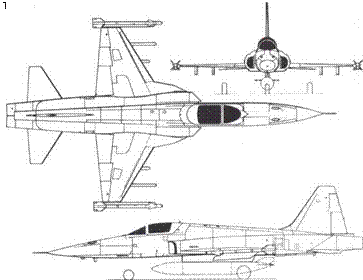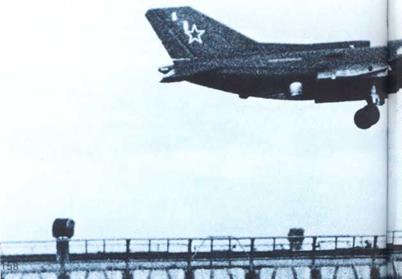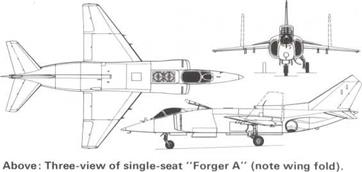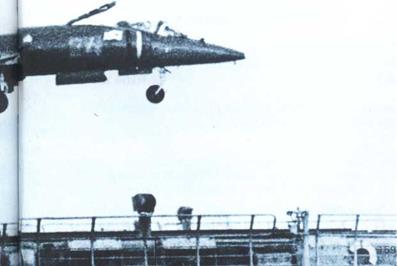Mitsubishi F-l and T-2
F-1 and T-2A
Origin: Mitsubishi Heavy Industries Ltd, Japan.
Type: (T-2A) two-seat supersonic trainer; (F-1) single-seat close-support fighter-bomber.
Engines: Two Ishikawajima-Harima TF40-801A (licence-built Rolls – Royce/Turbomeca Adour 102) two-shaft augmented turbofans with maximum rating of 7,1401b (3238kg): (F-1) may later have more powerful version.
Dimensions: Span 25ft 10in (7-87m); length 58ft 7in (17-86m): height (T-2) 14ft 7in (4 445m), (F-1) 14ft 9in.
Weights: Empty (T-2) 13,6681b (6200kg): (F-1) 14,3301b (6500kg): loaded (T-2, clean) 21,2741b (9650kg): (T-2 maximum) 24,7501b (11,200 kg): (F-1 maximum) 30,200lb (13,700kg).
Performance: Maximum speed (at clean gross weight) 1,056mph (1700km/h, Mach 1-6): initial climb 19,680ft (6000m)/min: service ceiling 50,025ft (15,250m): range (T-2 with external tanks) 1,785 miles (2870km): (F-1 with eight 500lb bombs) 700 miles (1126km).
Armament: One 20mm M-61 multi-barrel gun under left side of cockpit floor: pylon hardpoints under centreline and inboard and outboard on wings, with light stores attachments at tips. Total weapon load (T-2) normally
|
|
2,0001b (907kg); (FI) 6,0001b (2722kg) comprising 12,5001b bombs, eight 5001b plus two tanks of 18 3g a I, or two 1,3001b (590kg) ASM-1 anti-ship missiles, and four Sidewinders.
History: First flight (XT-2) 20 July 1971; (T-2A) January 1975; (FST-2) June 1975; service delivery (T-2A) March 1975; (F-1) 1977.
User: Japanese Air Self-Defence Force.
Development: Japan’s first post-war military aircraft was the Fuji T-1 tandem-seat intermediate trainer, looking like an F-86 Sabre and powered by a licence-built Bristol Orpheus.’First flown in 1958, 42 were delivered as the T-1 A, followed by 22 T-1 В with the Japanese J3 engine. To replace the T-1 and other trainers such as the T-33 a design team led by Dr Kenji Ikeda designed the I – 2. Japan’s first supersonic aircraft, using the Anglo – French Jaguar as a basis. After flight trials had shown the validity of the design a single-seat version, the FST-2-Kai, was ordered to replace the F-86 as a close-support fighter. By mid-1 975 orders had been placed for 46 T-2A trainers and the first 4th Air Wing unit had formed at Matsushima Air Base. The T-2A has proved efficient and popular in service, and is incidentally the first properly supersonic aircraft to be designed in Asia. Though a trainer, it carries Mitsubishi Electric radar, with air search, mapping, lock-on and ranging modes, as well as a J/AWG-11 (Thomson-CSF) HUD. Production is at the rate of two per month; by the start of 1 977 orders stood at the planned level of 59, to be completed in 1 980, and deliveries at 37. The first 18 FST-2 fighters (since redesignated F-1) had also been bought, with four flown in 1975. Total F-1 procurement is to be 68, all delivered by the end of 1 979. The F-1 has a Ferranti inertial nav/attack system and Mitsubishi Electric weapon-aiming computer, radar altimeter and radar homing and warning system, most of the added boxes being installed in the bay occupied by the rear cockpit in the T-2A. Production began in 1977, with the letter of intent for a force of 68, all to be delivered by March 1 980. Planned total is 110.
Left: From this angle only an expert could tell that this is not an F-1 but a dual T-2A trainer, 71 of which are to be used at the 4th Air Wing base at Matsushima. Of these, 31 are of the basic T-2 type, while the other 40 are T-2A combat trainers with internal ‘Gatling gun’ and various other changes. A further two aircraft were converted into prototypes of the F-1 single-seat combat aircraft, 36 of which had been delivered by 1980.











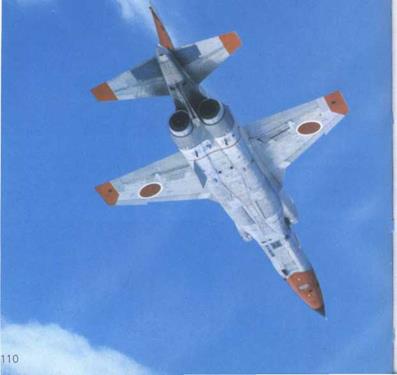
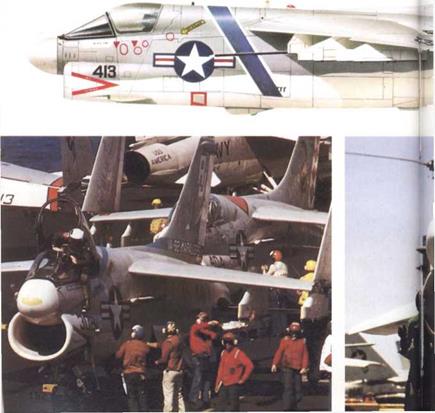
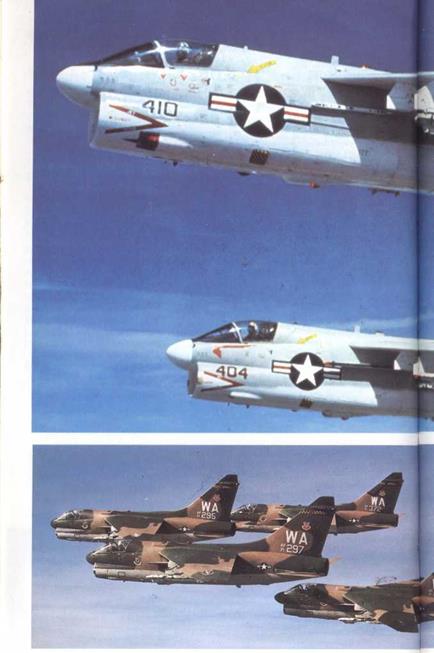

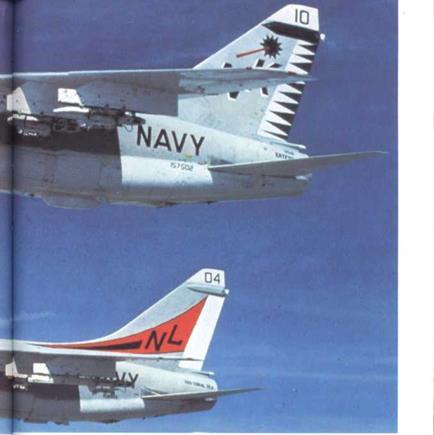
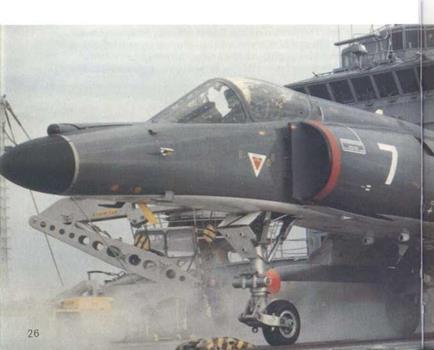 Development: During the late 1 960s it had been expected that the original force of Etendards would be replaced, in about 1971, by a specially developed version of the Jaguar, the M version with single main wheels, full carrier equipment and specially fitted for the naval strike role. A Jaguar M completed flight development and carrier compatability. but for various reasons, mainly concerned with politics and cost, this was rejected by the Aeronavale and a search began for an alternative. After studying the A-4 Skyhawk and A-7 Corsair, the Aeronavale chose Dassaub Breguet’s proposal for an improved Etendard. This has a substantially redesigned structure, for operation at higher indicated airspeeds and higher weights: a nevv and more efficient engine, obtained by removing the afterburner from the Atar 9K-50 of the Mirage F1 ,C: completely new inertial navigation
Development: During the late 1 960s it had been expected that the original force of Etendards would be replaced, in about 1971, by a specially developed version of the Jaguar, the M version with single main wheels, full carrier equipment and specially fitted for the naval strike role. A Jaguar M completed flight development and carrier compatability. but for various reasons, mainly concerned with politics and cost, this was rejected by the Aeronavale and a search began for an alternative. After studying the A-4 Skyhawk and A-7 Corsair, the Aeronavale chose Dassaub Breguet’s proposal for an improved Etendard. This has a substantially redesigned structure, for operation at higher indicated airspeeds and higher weights: a nevv and more efficient engine, obtained by removing the afterburner from the Atar 9K-50 of the Mirage F1 ,C: completely new inertial navigation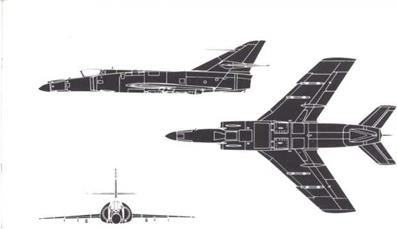

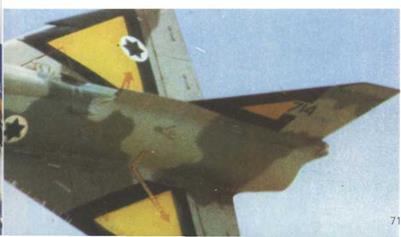
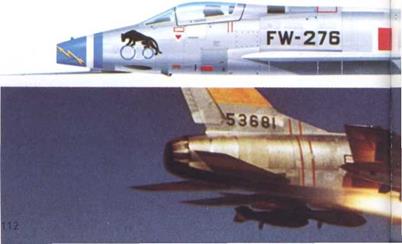

 Left: Turkey is one of the last nations to retain a force of F-100 Super Sabres: this is an F-100D-15 single-seat ground-attack aircraft.
Left: Turkey is one of the last nations to retain a force of F-100 Super Sabres: this is an F-100D-15 single-seat ground-attack aircraft.
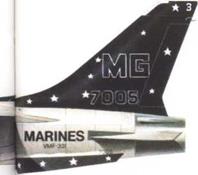
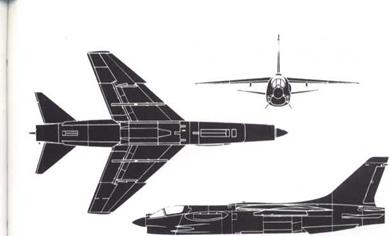

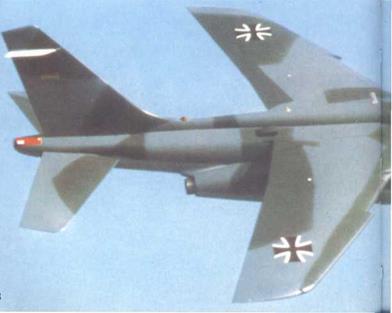
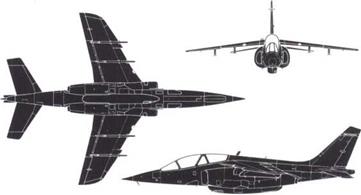
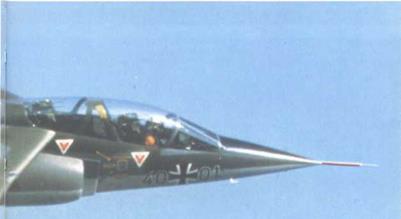
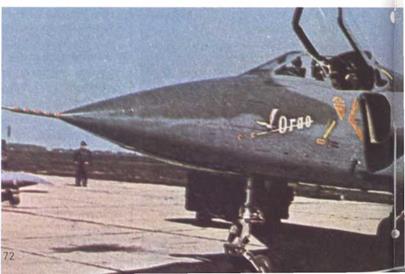

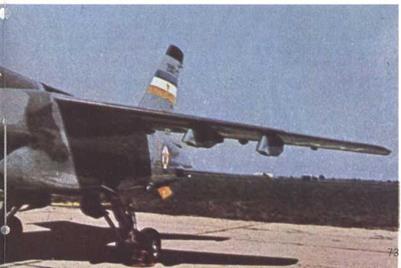
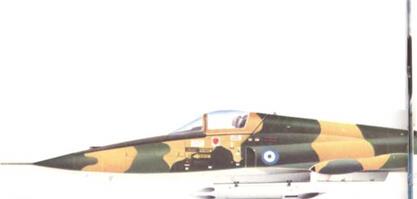 Development: In 1 955 Northrop began the project design of a lightweight fighter, known as Tally-Ho, powered by two J85 missile engines slung in pods under a very small unswept wing. It was yet another of the many projects born in the Korean era when pilots were calling for lighter, simpler fighters with higher performance. Gradually Welko Gasich and his team refined the design, putting the engines in the fuselage and increasing the size, partly to meet the needs of the Navy. In June 1956 the Navy had pulled out, while the Air Force ordered the trainer version as the T-38
Development: In 1 955 Northrop began the project design of a lightweight fighter, known as Tally-Ho, powered by two J85 missile engines slung in pods under a very small unswept wing. It was yet another of the many projects born in the Korean era when pilots were calling for lighter, simpler fighters with higher performance. Gradually Welko Gasich and his team refined the design, putting the engines in the fuselage and increasing the size, partly to meet the needs of the Navy. In June 1956 the Navy had pulled out, while the Air Force ordered the trainer version as the T-38
